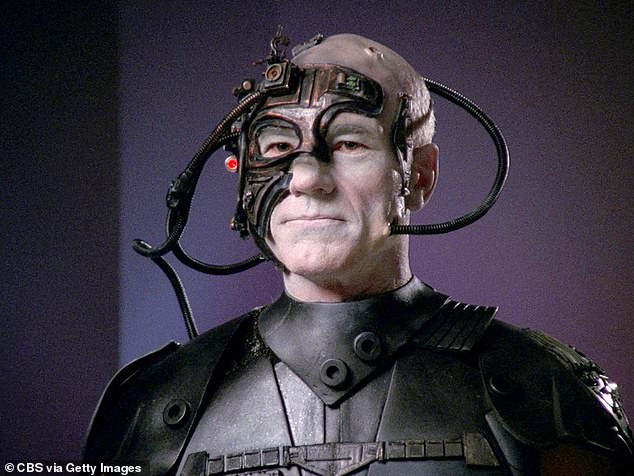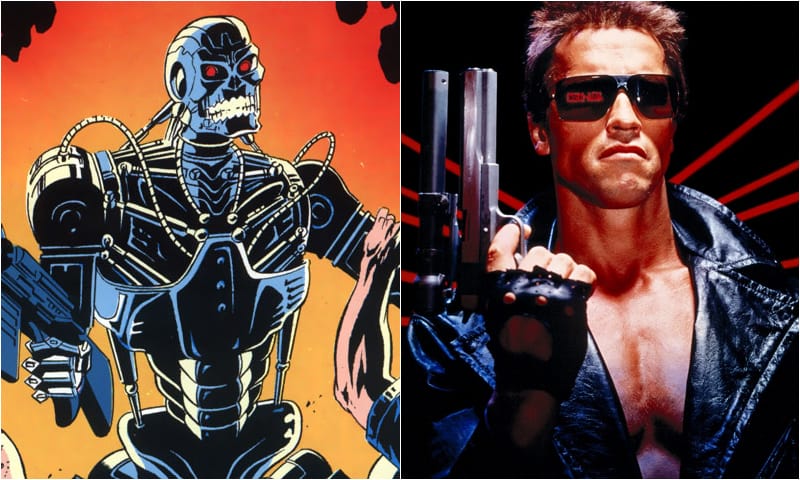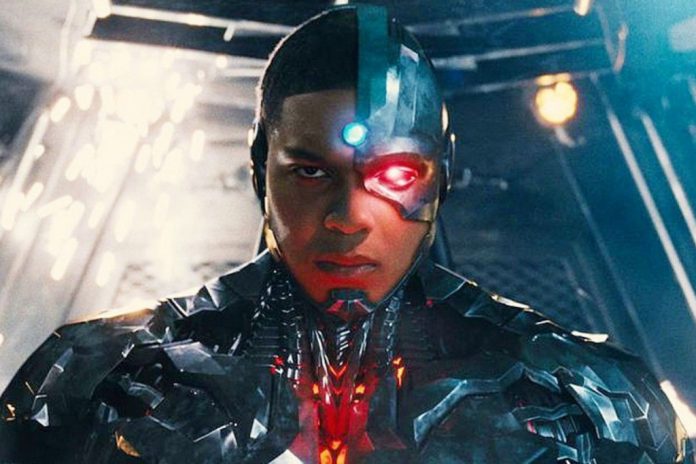The relationship between man and machine is one of the most common themes in science fiction. Everyone knows what a human is and everyone knows what a robot is – but on the other hand, not everyone recognizes the term cyborg. Even then, those who’ve heard of cyborgs might still misunderstand exactly what they are. The general audience may be tempted to group cyborgs together with androids and robots and think that they’re all the same thing.
So, then, what is a cyborg?
By definition, a cyborg is a hybrid between man and machine. This is different from a robot because a robot is a purely synthetic machine, with no blood, flesh or human body parts. A cyborg, on the other hand, is a combination. The extent to which flesh and machinery may be combined can vary tremendously; a computer powered by an extracted human brain is a cyborg, as is a human who simply has a mechanical eyeball.

This brings up the point that there’s actually a tremendous variety of different kinds of cyborgs, which can make things even more confusing to the general audience. For example, one of the more famous cyborgs is Arnold Schwarzenegger’s T-800 in The Terminator. Though at first glance one might be tempted to say that the T-800 is a robot, the key here is that while it has a robotic endoskeleton, it’s then covered in the same flesh and blood of any human being.
However, most fictional cyborgs are created when a human being is modified by machinery, not the other way around. This is often done as a result of grievous injury that would disable the person otherwise; for example, the Star Wars villain Darth Vader was injured to the point where much of his body had to be replaced by cybernetic parts. In contrast, the cybernetic enhancements can be more minimal, as was with the case with the hero of the same Star Wars trilogy, Luke Skywalker. After Luke loses his hand in Empire Strikes Back, he replaces it with a robotic equivalent, also making him a cyborg.

So what’s the point of all these cyborgs?
Sci-fi can often be a way to evaluate humanity through scientific metaphors; the idea of a half-man/half-machine works perfectly with this. Characters and ideas like the Replicants in Blade Runner, Robocop and Marvel Comics’ superhero Deathlok all explore the idea of what it really means to be “human” – after all, when real-life cyborgs become increasingly prevalent and we start having little cellphones installed into our ears, artificial hearts and microchips in our brains, doesn’t that change the game a bit?


















